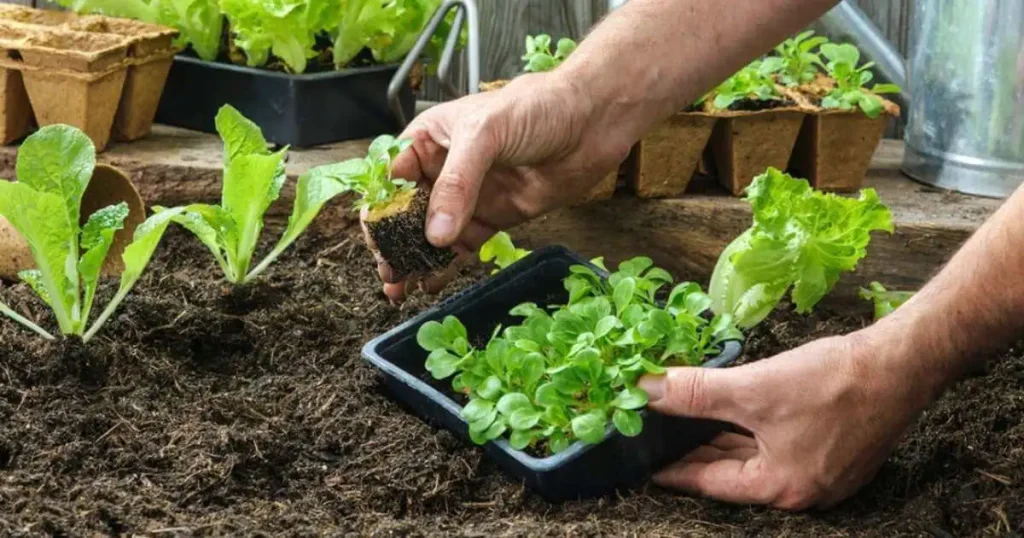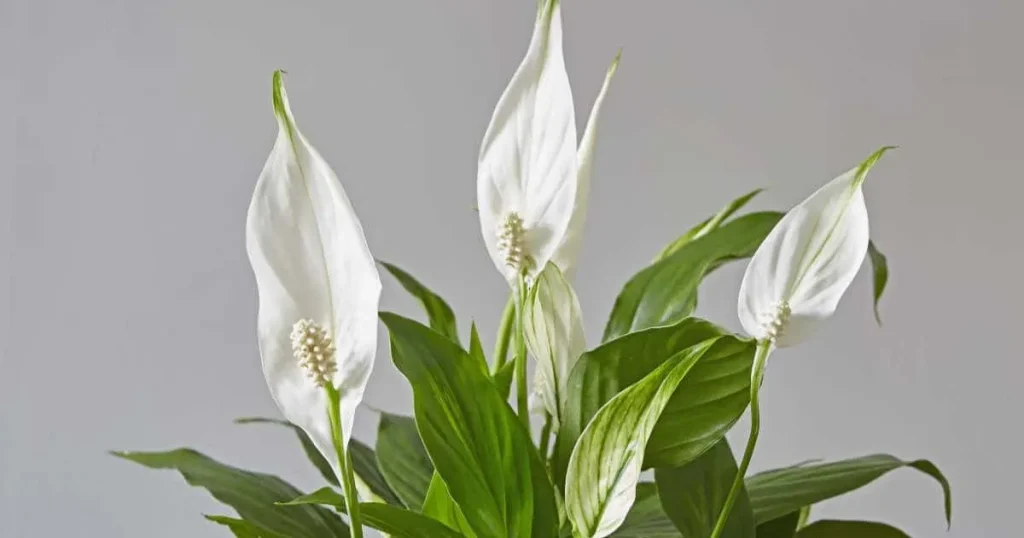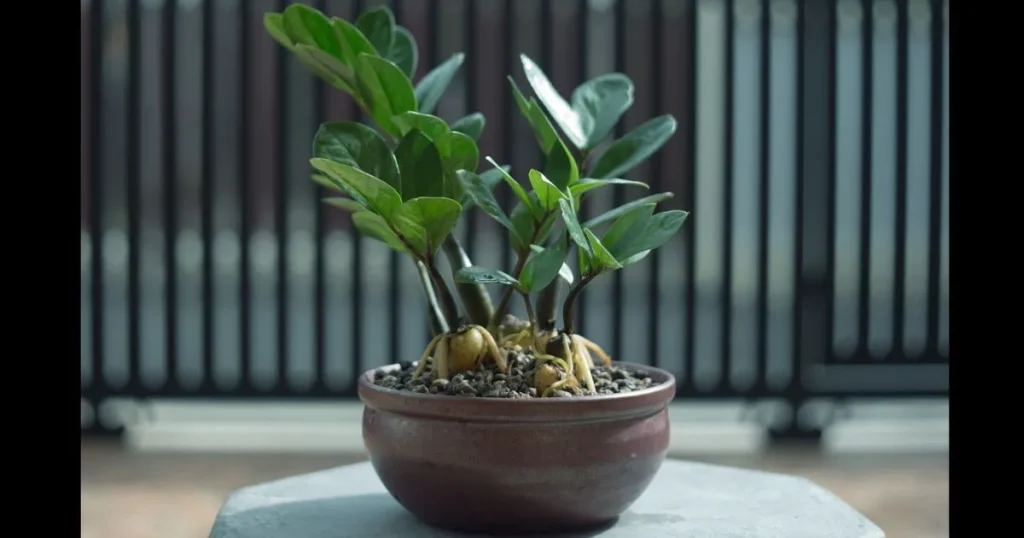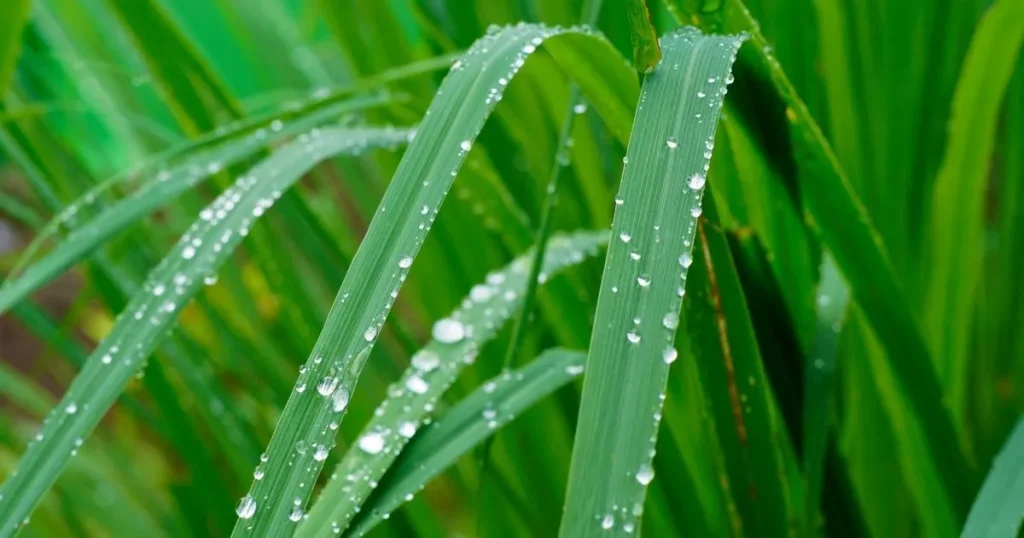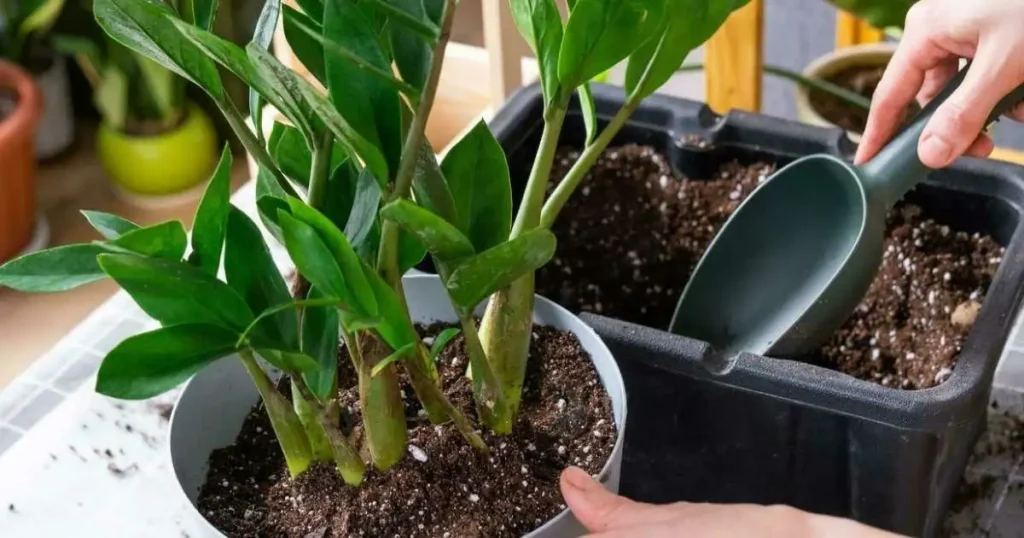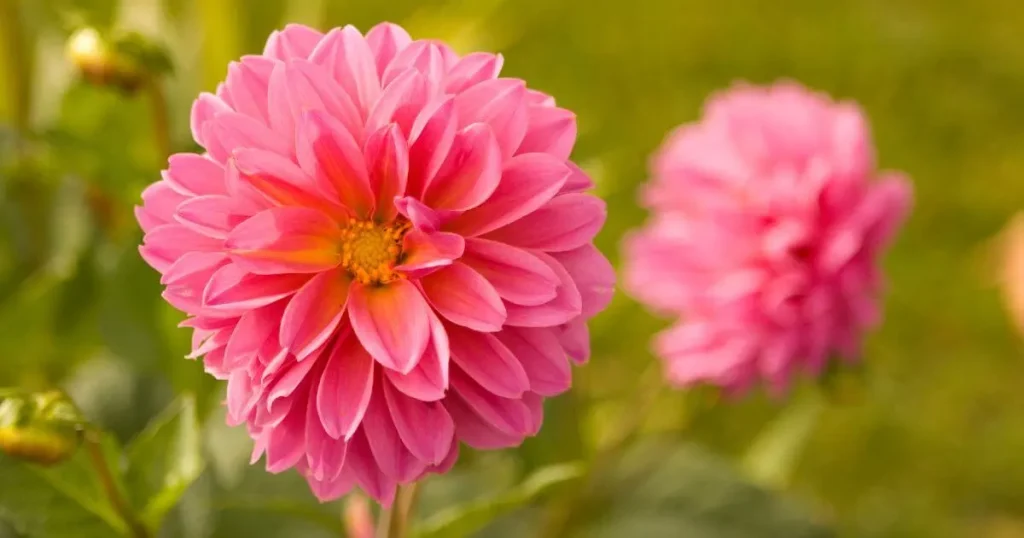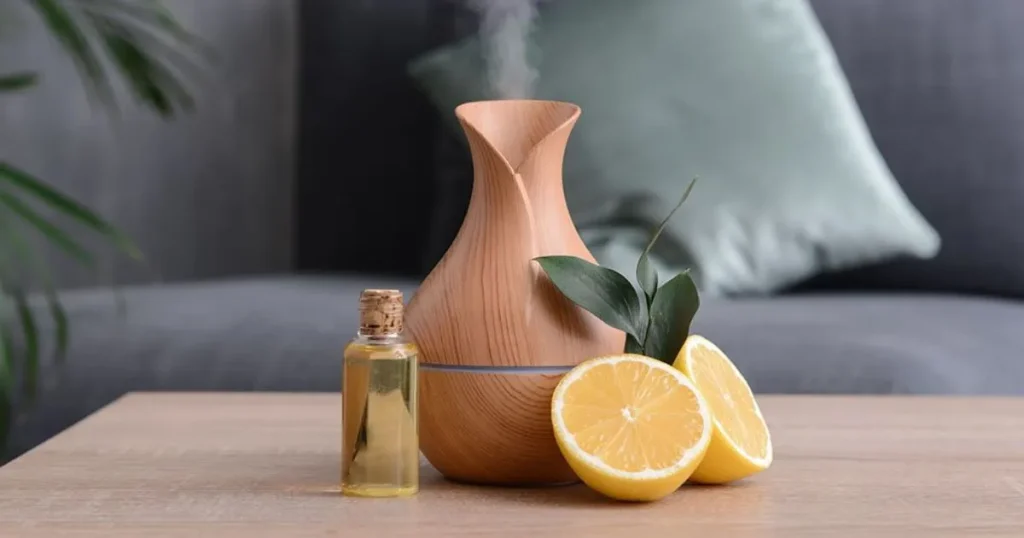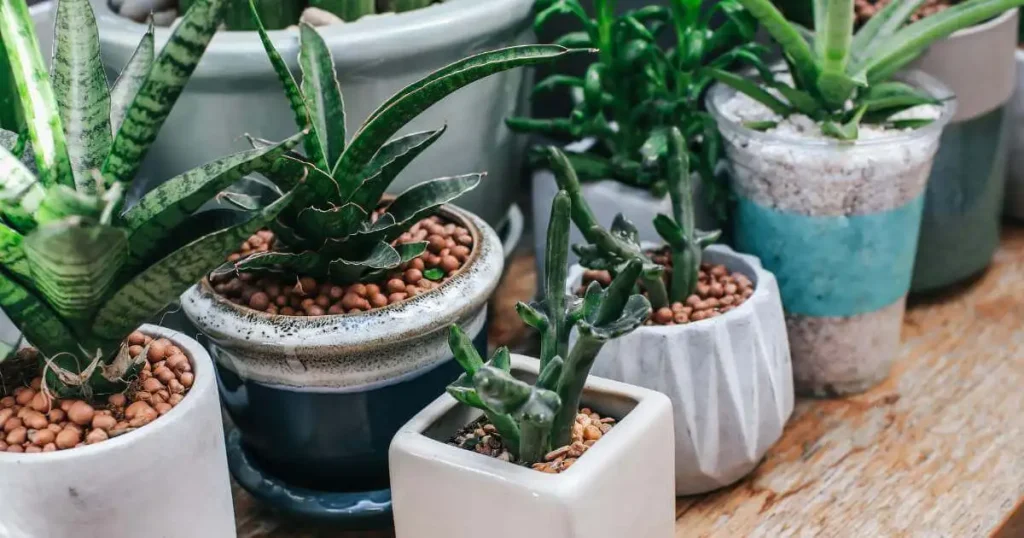Top 12 Essential Gardening Tools for Beginners
Have you ever dreamed of having your own beautiful garden but felt overwhelmed by where to start? Gardening can be both joyful and challenging, especially for beginners. Having the right garden tools is crucial for beginners. The right tools make gardening easier, more efficient, and enjoyable. They help you plant, prune, and maintain your garden with less effort and better results. In this article, we will introduce you to 12 essential gardening tools for beginners. We will explain what each tool is, how to use it, and provide tips on choosing the best one. By the end, you will have a clear understanding of the basic tools needed to start your gardening journey. Essential Gardening Tools for Beginners 1. Hand Trowel A hand trowel is a small, handheld tool with a pointed, scoop-shaped metal blade and a handle. It is used for digging small holes, planting seeds and bulbs, and transplanting small plants. The hand trowel is essential for any gardener. It helps you dig precise holes for planting, making it easier to place seeds and plants exactly where you want them. It’s perfect for working in small spaces like flower pots or garden beds. Tips for Choosing the Right Hand Trowel When choosing a hand trowel, look for one made of durable materials like stainless steel or high-quality aluminum. These materials resist rust and last longer. The handle should be comfortable to hold, preferably with a soft grip to prevent slipping. Handles made from wood, plastic, or rubber are all good options. Make sure it feels good in your hand and is easy to use for extended periods. By having the right hand trowel, you’ll make your gardening tasks easier and more enjoyable. This tool will become one of your best friends in the garden, helping you create a beautiful and thriving space. 2. Garden Gloves Garden gloves protect your hands from dirt, thorns, and rough surfaces. They act like a barrier, keeping your skin clean and safe while you work. Wearing garden gloves helps prevent blisters and cuts. When you handle tools or pull weeds, gloves provide a cushion that stops your skin from getting sore or injured. Tips for Choosing the Right Garden Gloves Choose garden gloves that fit well. They should be snug but not too tight, so you can move your fingers easily. Look for gloves made of durable materials like leather or synthetic fabric. Some gloves are waterproof, which is great if you work with wet soil. Always pick gloves that feel comfortable and provide good protection. 3. Pruning Shears Hand pruners, also known as pruning shears or secateurs, are essential for maintaining plant health and achieving a well-groomed garden. Hand pruners are sharp, scissor-like tools used for cutting branches, stems, and foliage. They are designed to make precise cuts, promoting healthy growth by removing dead or overgrown parts of plants. Hand pruners come in various sizes and styles, including bypass pruners for clean cuts and anvil pruners for thicker branches. Tips for Choosing the Right Pruning Shears When choosing hand pruners, focus on blade quality and handle comfort. Look for sharp, high-quality blades that can make clean cuts without crushing the plant tissue. Ergonomic handles with non-slip grips are also important, as they reduce hand fatigue and improve control while pruning. 4. Garden Fork A garden fork is a tool with several long, sturdy tines (prongs) that are perfect for loosening, lifting, and turning soil. It’s essential for aerating soil, which helps plants grow better by allowing air, water, and nutrients to reach the roots more easily. Garden forks are also great for breaking up clumps of dirt, mixing compost into the soil, and removing weeds. Tips for Choosing the Right Garden Fork When choosing a garden fork, consider these factors: 5. Watering Can A watering can is a container with a spout, used for watering plants. It helps you control the flow of water, making it easy to give your plants the right amount of moisture without drowning them. Watering cans are handy for reaching plants that a hose might not reach and are great for indoor and outdoor gardening. Tips for Choosing the Right Watering Can When selecting a watering can, keep these tips in mind: 6. Garden Hoe A garden hoe is a tool with a long handle and a flat blade. It’s used for weeding and cultivating the soil. Weeding means removing unwanted plants that can take nutrients away from your garden plants. Cultivating the soil helps prepare it for planting by breaking up the surface and making it loose and airy. This is important because it allows plant roots to grow more easily and helps water and nutrients reach the roots. Tips for Choosing the Right Garden Hoe When picking a garden hoe, consider the blade type and handle length. There are different types of hoe blades. Some are flat and wide, perfect for chopping weeds. Others are narrow and pointed, great for getting between plants without damaging them. Choose the blade type based on your garden needs. The handle length is also important. A longer handle can help you reach further and work while standing upright, reducing back strain. However, a shorter handle might give you more control for detailed work. Pick a handle length that feels comfortable for you. 7. Rake A rake is a tool with a long handle and a row of tines (prongs) at the end. It’s used for leveling soil and removing debris like leaves, sticks, and rocks from your garden. Raking helps keep your garden tidy and prepares the soil for planting by making it smooth and even. This is important for seed germination and proper plant growth. Tips for Choosing the Right Rake When choosing a rake, think about the type of rake and the material it’s made from. Type of Rake There are different rakes for different tasks. A leaf rake has flexible, fan-shaped tines, perfect for gathering leaves and light debris. A soil rake, also known as a bow rake, has
Top 12 Essential Gardening Tools for Beginners Read More »


